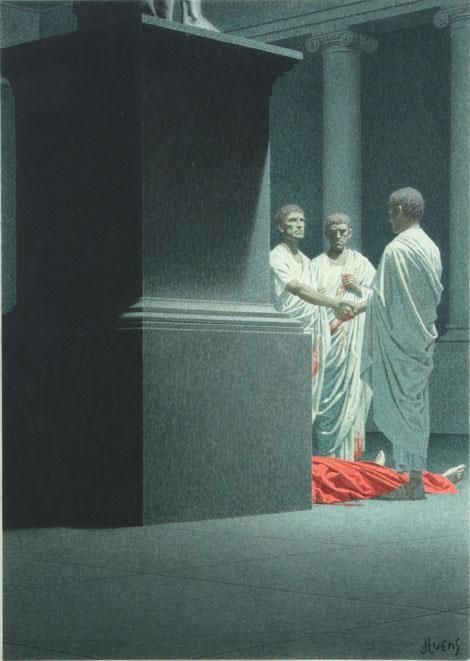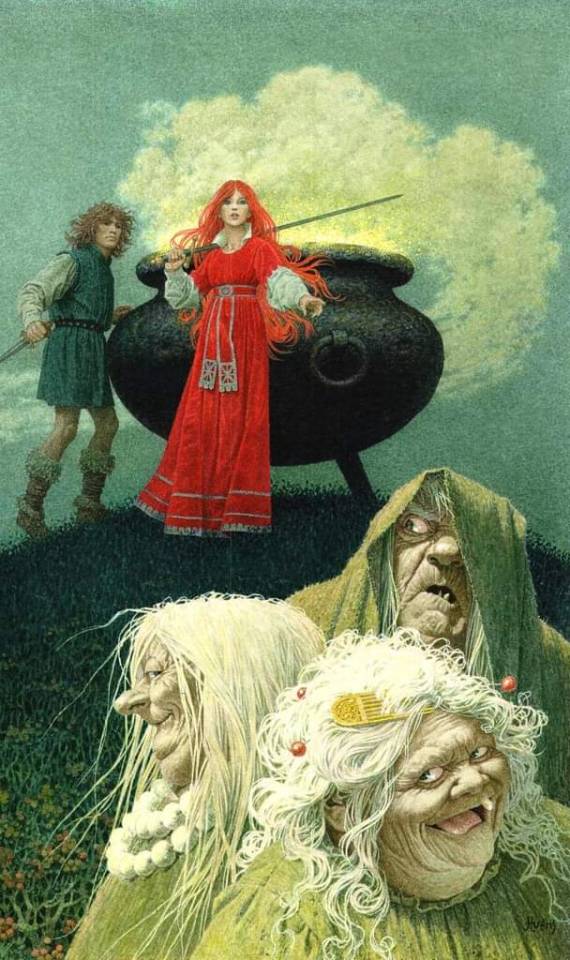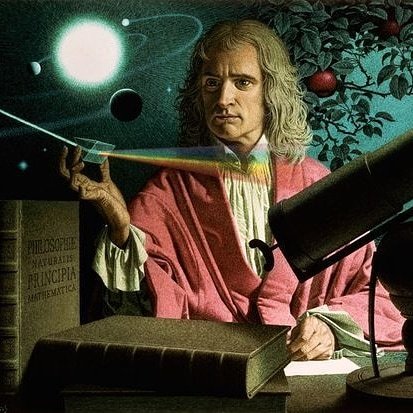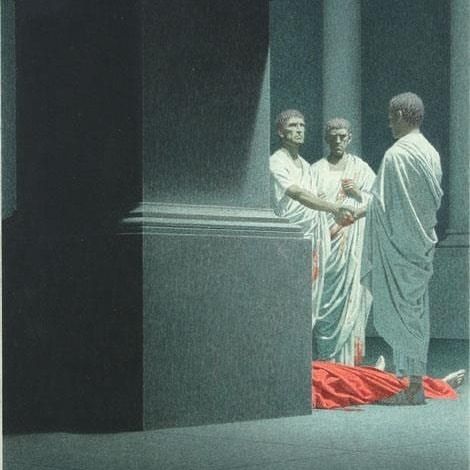#jean-leon huens
Photo
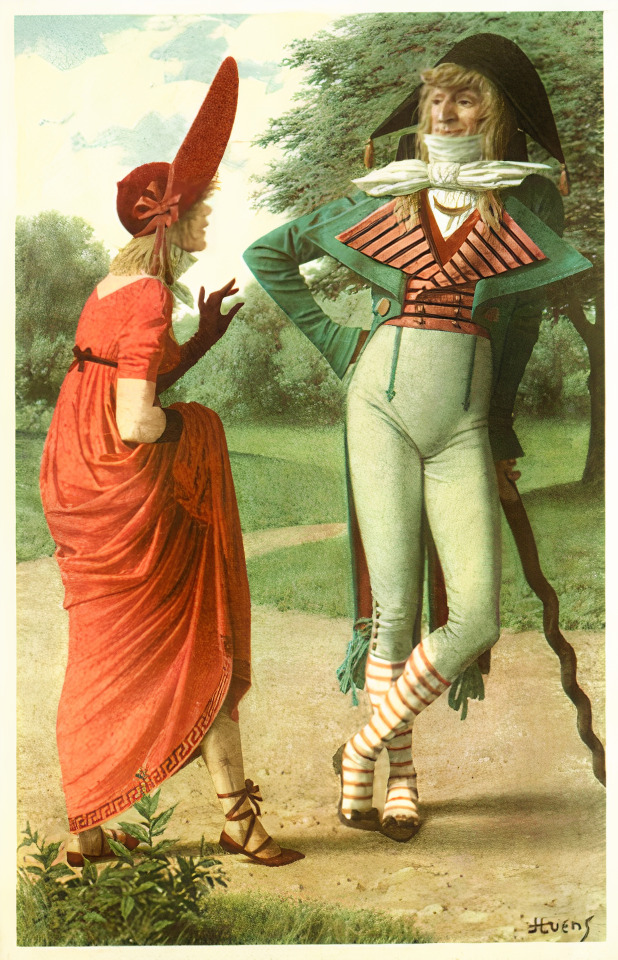
Incroyable et Merveilleuse - Jean-Léon Huens
#I tried to enhance with AI but the faces look awful#all the images of this card online are blurry :(#BUT LOOK AT THAT OUTFIT#I mean#he has beaten someone#probably#but that jacket is...chef's kiss#jean-leon huens#white terror#directoire#1790s fashion#1790s#historic fashion#fashion history#incroyable#jeunesse doree#muscadin#merveilleuse#french fashion#ik this was like drawn in the 1950s#but looking at images and extant garment ITS ALL REAL#french revolution#dandy history
8 notes
·
View notes
Text

An Introduction to Jung's Psychology by Freida Fordham with a cover featuring Jean Léon Huens portrait.
#books#covers#vintage books#penguin books#carl jung#freida fordham#jean-leon huens#1970#70s#illustration
0 notes
Photo

Illustration by Belgian illustrator Jean - Leon Huens (1921 - 1982) from 'The Book of Three'
3K notes
·
View notes
Text



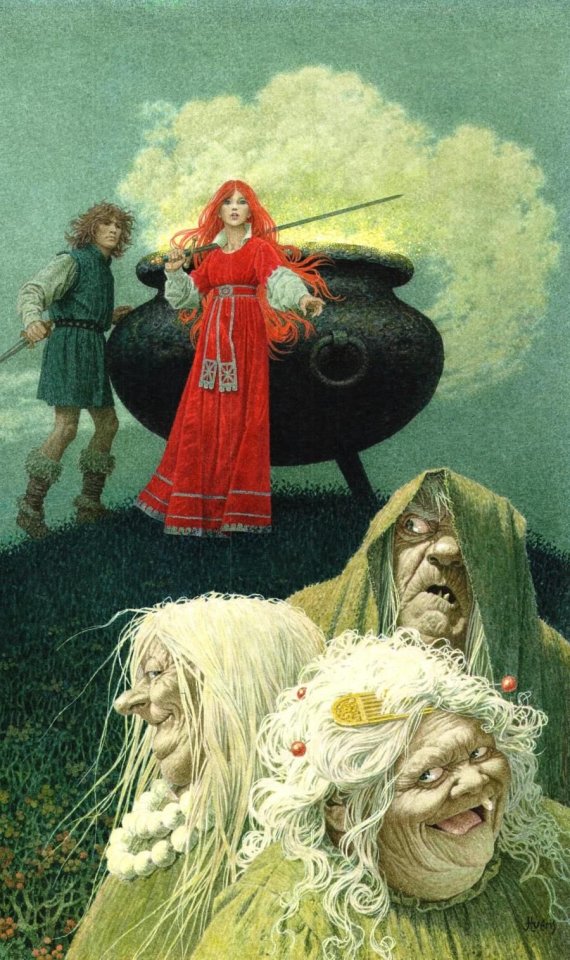
Jean-Léon Huens (1921-1982) for The Chronicles of Prydain books, The Book of Three, The Black Caldron, Taran Wanderer, and The High King.
#Jean Leon Huens#80's#80s#1980#Jean-Léon Huens (1921-1982)#The Book of Three#The Black Caldron#Taran Wanderer#The High King#fantasy#r.p.g#r p g#r.p.g. aesthetic#tales#adventure#illustration#art#paintings#artwork
79 notes
·
View notes
Text
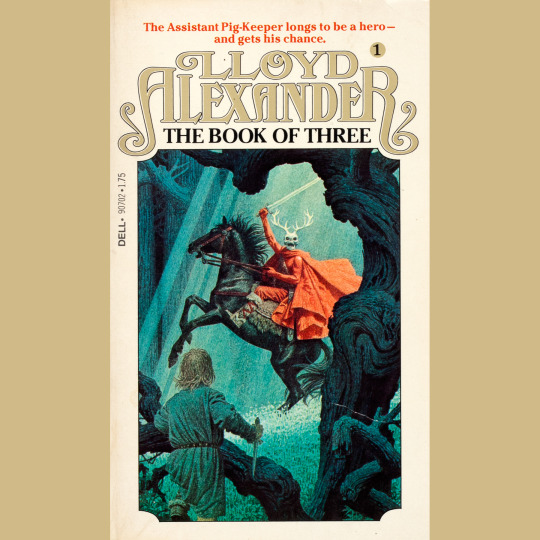

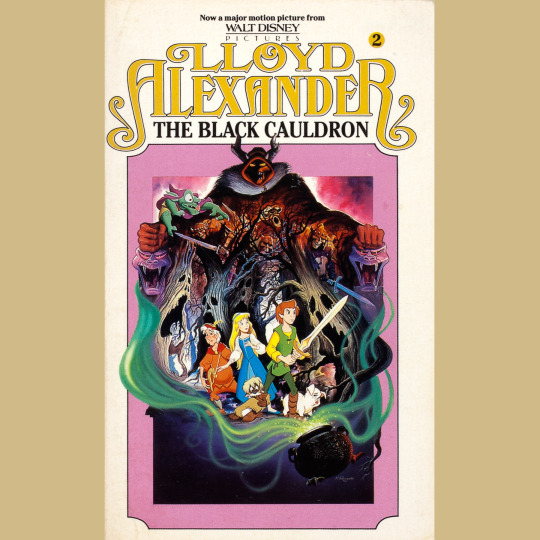



The five-volume Chronicles of Prydain, by Lloyd Alexander, began in 1964 with The Book of Three, and saw new entries — The Black Cauldron, The Castle of Llyr, Taran Wanderer — appear annually until finishing with The High King in 1968. They’re set in a fantasy version of Wales, and draw from Welsh mythology, but the story is very much the tale of an assistant pig-keeper named Taran who, as he grows from boy to man, seeks adventure, finds responsibility and learns the terrible cost of glory. It’s one of the first works of fantasy I read as a kid and honestly, I don’t think any others, except Earthsea, have measured up in terms of emotional weight (and their refusal to indulge in power fantasy or other cliché). I re-read them recently and that remains true. You ought to read them if you haven’t. They’ll change you, I bet.
Anyway. My editions as a kid were the ‘80s Dell Yearlings with the gorgeous cover art by Jean-Leon Huens. I have a deep love for the first cover and its depiction of the Horned King (and am eternally jealous that Tony DiTerlizzi owns the original). The others are pretty great, too. I love that the giant cat is basically a house cat and I love those alien-looking Cauldronborn on the final book’s cover. The Black Cauldron cover is rather new for me; my original had the movie poster for the god awful Disney movie (beautiful, yes, but still awful and utterly lacking the emotional heart of the books). I’m pleased Huens shows Eilonwy, but now I am a little bummed he never painted the bard, Fflewddur Fflam.
#roleplaying game#dungeons & dragons#tabletop rpg#rpg#d&d#ttrpg#Lloyd Alexander#Prydain#Black Cauldron
398 notes
·
View notes
Text
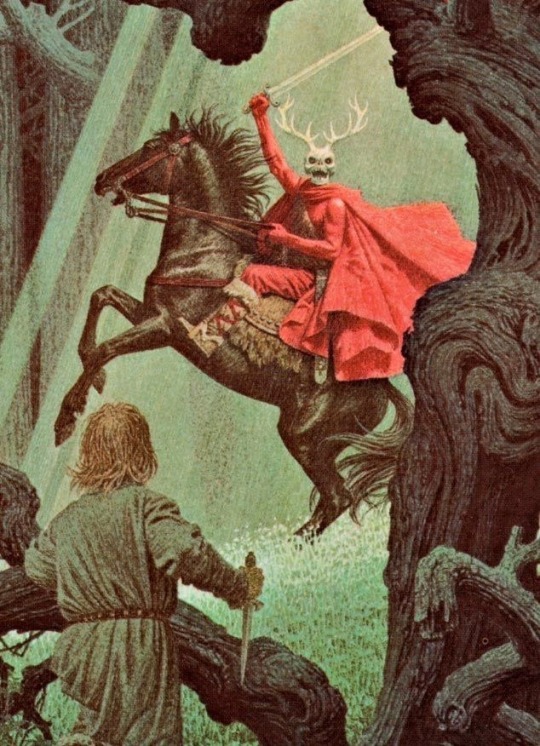
Jean-Leon Huens' cover for the 1980 edition of The Book of Three by Lloyd Alexander.
This was the first of five books in Alexander's excellent The Chronicles of Prydain series. The series is influenced by, and utilizes characters from, Welsh folklore and mythology. Though aimed at younger audiences, the tales are great reading for any age, and I still enjoy them to this day.
Unfortunately, if most people know anything about this series it's due to the lackluster Disney animated film The Black Cauldron. That film was based on the second book of the series, and used elements from other books as well, but it's best forgotten.
The books, however, are very highly recommended.
#The Book of Three#The Chronicles of Prydain#Lloyd Alexander#Welsh mythology#Jeon-Leon Huens#The Horned King
144 notes
·
View notes
Text
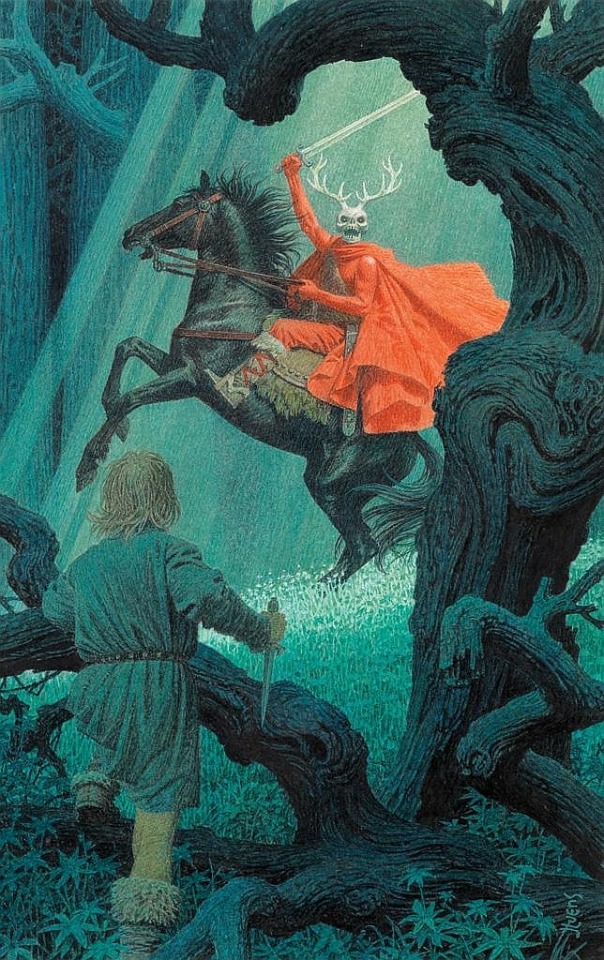
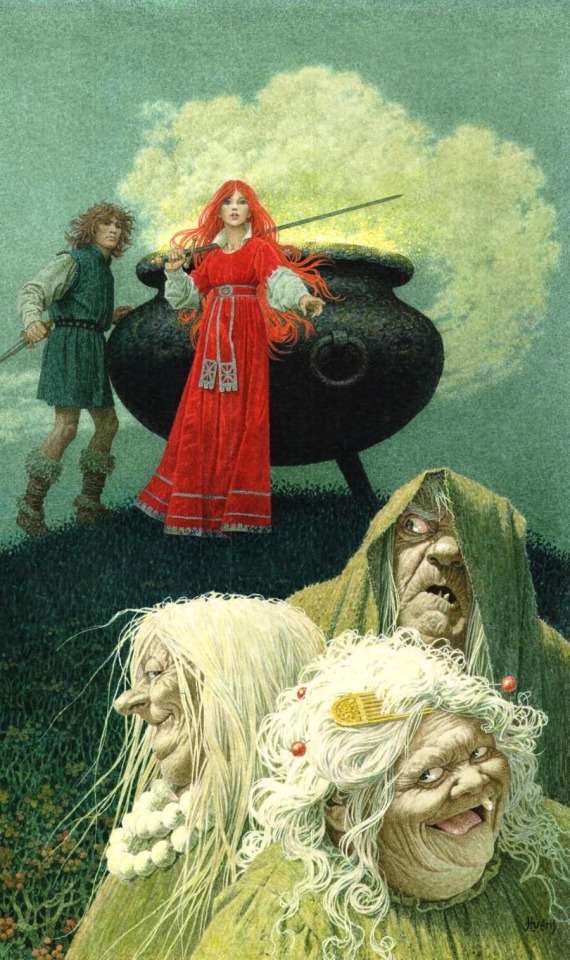
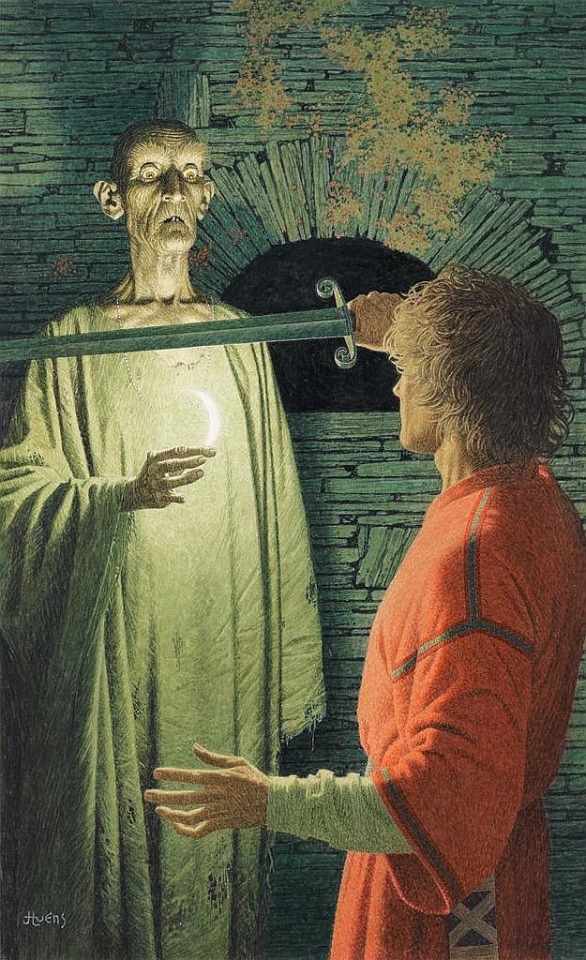

Illustrations by Belgian illustrator, Jean-Léon Huens (1921-1982) for The Chronicles of Prydain books, THE BOOK OF THREE, THE BLACK CAULDRON, TARAN WANDERER and THE HIGH KING.
2K notes
·
View notes
Text
Red and Blue Palette in Illustration
Red and Blue Palette in Illustration
Below are examples of blue and red in art and illustration. I call this the Phantom Tollbooth palette because the blue of the original Phantom Tollbooth cover is distinctive. When the cover was modernised, a beautiful red was added. This teal blue plus red works especially well, I think.
Jean Leon Huens, Belgian artist born in 1921Central Sanitary Bureau Spanish Flu pandemicDoctor Dolittle’s…
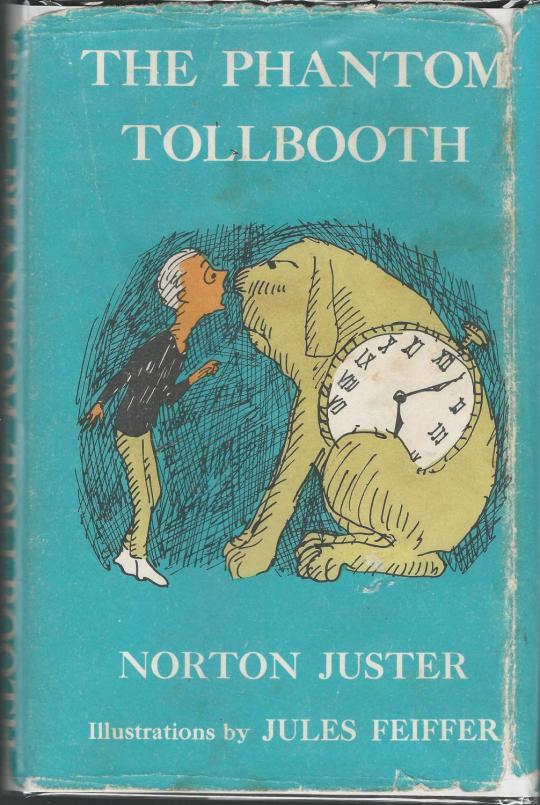
View On WordPress
0 notes
Photo
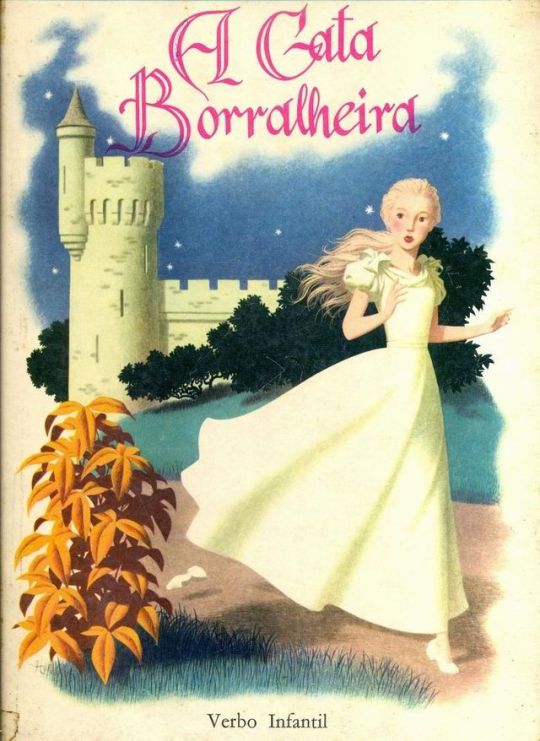

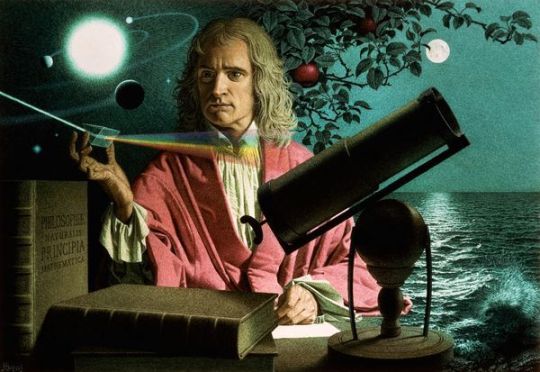
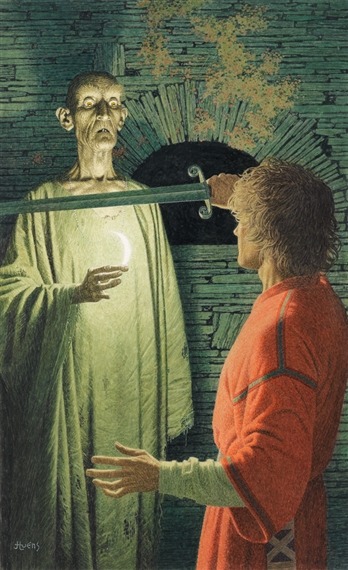




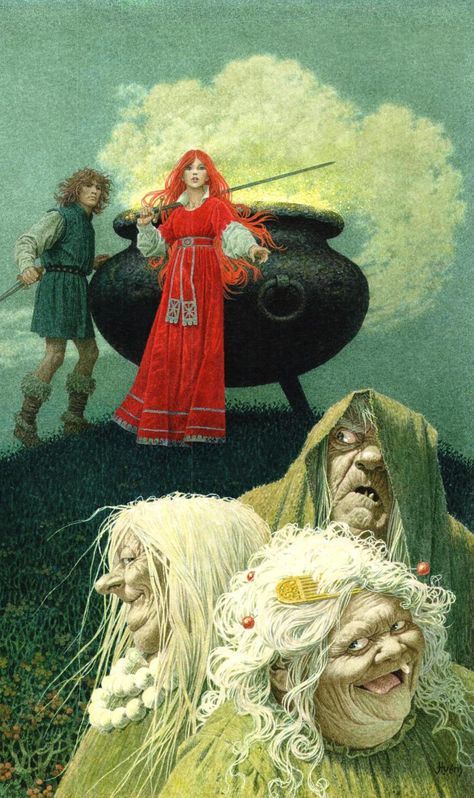

Jean Leon Huens
Jean-Léon Huens is a Belgian illustrator. His schooling completed, Jean-Léon Huens continued his studies at the Institut Saint-Luc and ends at the top of the Cambre Decorative Arts Institute in Brussels. He illustrated children’s books (edited from the immediate post-war by Casterman and in collaboration with Jeanne Cappe, historian about children books: Cinderella and Other Tales of Perrault, The Little Match Girl, Blondine Bonne-Biche et Beau-Minon), greeting cards and calendars published by and for known printers (including printmaking workshops De Schutter in Antwerp), yet collected.
A part of his work was exhibited at the Museum of the Book of Brussels in 1951 and at the Royal Library in 1977 as part of the exhibition The Illustrated Book in the West from the High Middle Ages to today. Titular of many certificates of merit from the Society of Illustrators of New York in 1962, Jean-Léon Huens as been introduced twenty years after his death in June 2002, in the Hall of Fame of the same company.
Jean-Leon Huens (sometimes abbreviated as Jean Huens) was a Belgian-born artist who did work both in Europe and the United States. He produced many paintings for National Geographic and Reader's Digest, book covers for Dell, and illustrations for Christmas cards, comic book covers, and children's books. He was poised to be a major contributor to Time/Life Books Enchanted World, but passed away after completing only one picture for them. Howard E. Paine, the former Art Director for National Geographic, had this to say about Huens when the artist was inducted into the Society of Illustrators Hall of Fame in 2002:

2002 Hall of Fame Inductee: Jean-Leon Huens
1921-1984
The eyes of Gerardus Mercator; 16th-century Flemish cartographer; look into mine. The bearded old man is surrounded by maps and a globe, and holds in his hand a pair of dividers. His head is tipped slightly, and his eyebrows are raised, as if he has just posed a question about geography or mapmaking, and, like a patient professor, awaits my answer.
I found this portrait in an issue of Penrose Annual and wrote the author to see if the painting could be used in a map exhibit I was designing for the National Geographic Society. He forwarded my request to the artist in Belgium, and in a few days a small envelope arrived on my desk. In it was a postcard-size image of Mercator and a letter from Jean-Leon Huens telling me that this was the original painting and “May I ask you to guard this with your life.” I was amazed that he would dispatch this exquisite little gem across the Atlantic, and to a perfect stranger!
Thus began a collaboration and a friendship that was to last for 17 years.
Generous in many ways, Jean-Leon Huens was most generous in the rich detail that he gave to every painting. Instead of using shortcuts and simplifications, he took great delight in recreating the wood grain in furniture, the texture of clothing, the brickwork of old buildings, the wrinkles of old age. And over all a gentle Flemish light that unified all the elements of these miniature masterpieces.
Huens was a master not only of detail and of lighting, but also of perspective and composition. His panorama of Bethlehem at the time of Christ, painted for Reader’s Digest, compels the eye to wander the streets, rooftops and plazas, and to end up back at the beginning, still wanting to mingle with the more than a hundred people going about their business. The panorama appeared in the book Great People of the Bible and How They Lived. And also as the jacket design.
Huens painted many covers for Reader’s Digest but they appeared in the magzine’s international editions and were rarely seen in the United States. Reader’s Digest also commissioned Huens to make more than a hundred paintings to illustrate Shakespeare’s works. The book unfortunately was never published. Twenty-two of Huens’ paintings were donated to the Society of Illustrators.
Those works in the Society’s collection are small, measuring but 5.25 by 7.25 inches. They are breathtakingly precise glimpses of scenes from Julius Caesar, Hamlet, and Macbeth: Calpurnia, on bended knee, begging Caesar not to leave; Macbeth hiring two wicked knaves to murder Banquo; Hamlet rejecting Ophelia with the line, “Get Thee to a nunnery…”; Macduff holding Macbeth’s severed head.
Had the book been published, these paintings would certainly have enriched the iconography of Shakespeare’s work. But now they are stored in dark archives, seldom exhibited, because of the very light-sensitive nature of Huen’s work.
Huens painted with what he called “water color pencils,” which enabled him to render detail with great precision, later brushing a slight wash of clear water over the areas to blend the colors. He worked from photographs of models in various poses and costumes, often posing himself. His wife Monique—researcher; correspondent, translator, critic and photographer—assisted him throughout his career.
Jean-Leon Huens was born December 1, 1921, in Melsbrock, Belgium. He attended the institute of St. Luc and completed his studies at the Academy of La Cambre, in Brussels. At the end of World War II, while still in his twenties, Huens began illustrating children’s books for publishers such as Casterman, Marabout, Desclee-DeBrouwer and Durendel.
In 1946 Huens and his brother Etienne founded the Historia Society, with the aim of popularizing Belgian history through more than 400 paintings—village scenes, battle scenes, coronations, hangings, and portraits of heroes such as Gerardus Mercator. Huens’ carefully researched paintings were lithographed in full color, each 3.75 x 5.75 inches, and were offered as premiums with packages of tea, chocolate, spices, and biscuits. Like nineteenth-century trade cards, the Historia Society cards are prized collectibles today.
As soon as I saw the Mercator portrait, I knew that Huens could enrich the pages of National Geographic, and in short order he was working on portraits of Copernicus, Kepler, Galileo, Newton, Herschel, Einstein, and Hubble, all of which appeared in the May 1974 issue. A year later, National Geographic published four Huens paintings in a story about Sir Francis Drake, including a heart-stopping view of the Golden Hind in the stormy seas of the Straits of Magellan. He later painted scenes of life in Thrace (ancient Bulgaria), and, for a major article on the Byzantine Empire, two large, fold-out paintings. One, a map of the Byzantine world, was painted as if it were a mosaic assemblage, a self-imposed challenge that he may have regretted, but one he finished flawlessly. The other, an aerial view of ancient Constantinople, is equally powerful.
Huens’ Christmas cards throughout the years, painted in full color, showed Father Time in a wide variety of styles and situations, giving us a peek at Huens overflowing wit and humor. This made him the perfect artist for a Time-Life Books series called The Enchanted World, a set of books about wizards, merlins, magic and mystery. Huens completed but one painting, a promotional piece to help get the series marketed, before he died suddenly on May 24, 1982, in Benissa, Spain.
In his 60 years, Jean-Leon Huens had seen his work heralded throughout Europe, amd had successfully expanded his audience to the United States. Now, 20 years after his death, the Society of Illustrators pays tribute to Jean-Leon Huens by inducting him into its Hall of Fame.
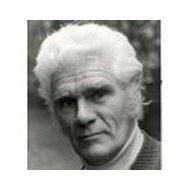

6 notes
·
View notes
Photo

Galileo explaining lunar topography to two cardinals. Painting by Jean Leon Huens~ https://www.instagram.com/p/BoKZPWlBOdQ/?utm_source=ig_tumblr_share&igshid=1xwrz32cevi4a
0 notes
Photo

Brulotes lanzados contra la Grande y Felicísima Armada en Calais, cortesía de Jean Leon Huens. https://ift.tt/2Mmou6I https://ift.tt/2MEocoP
0 notes
